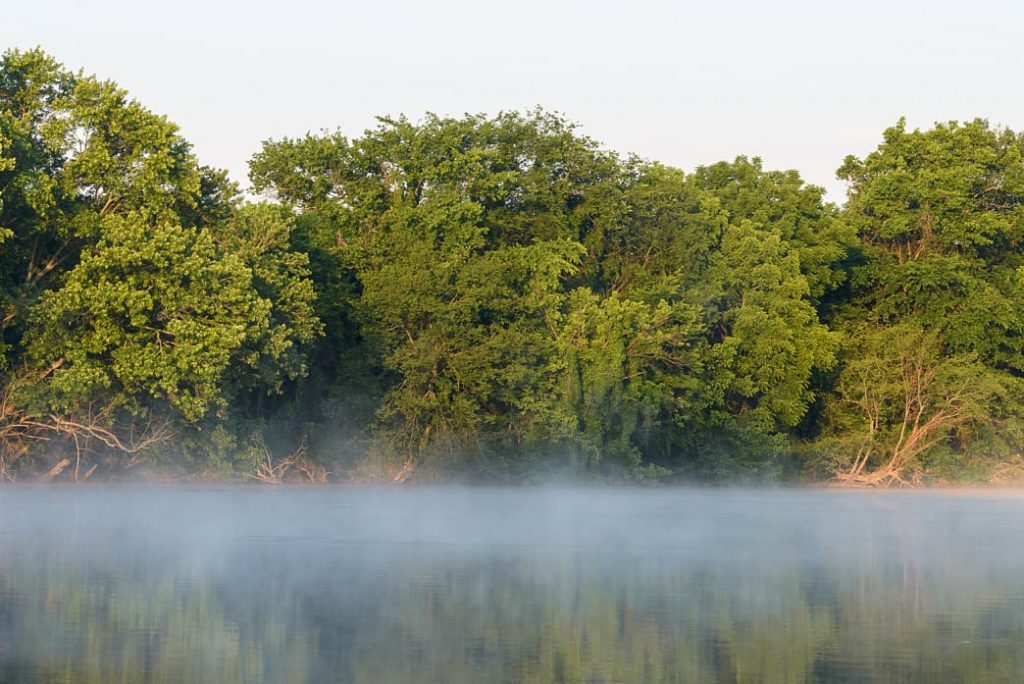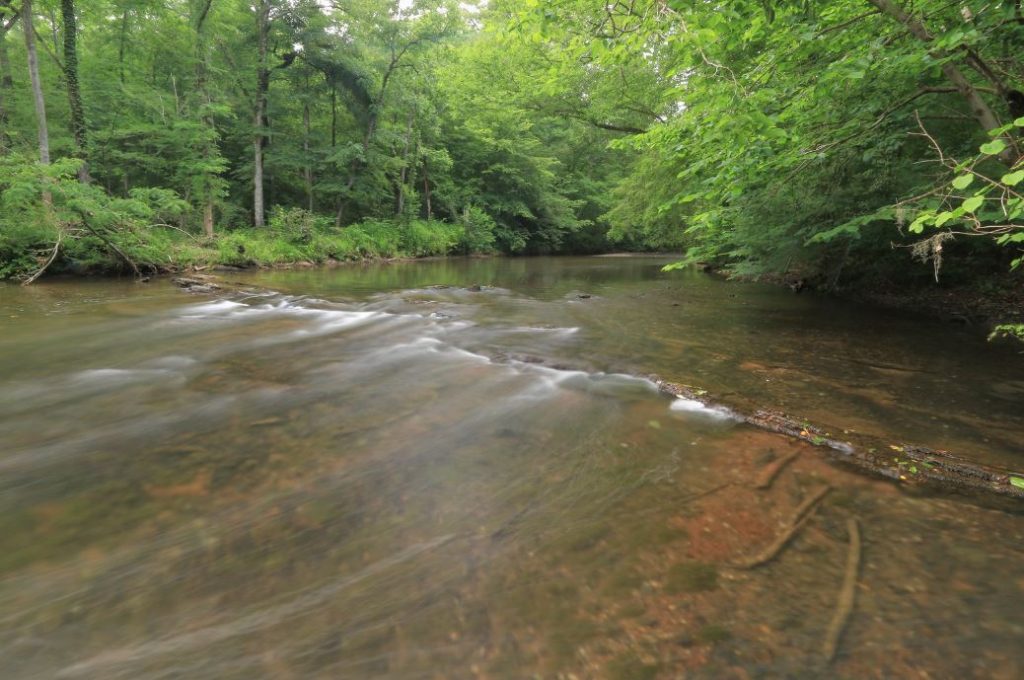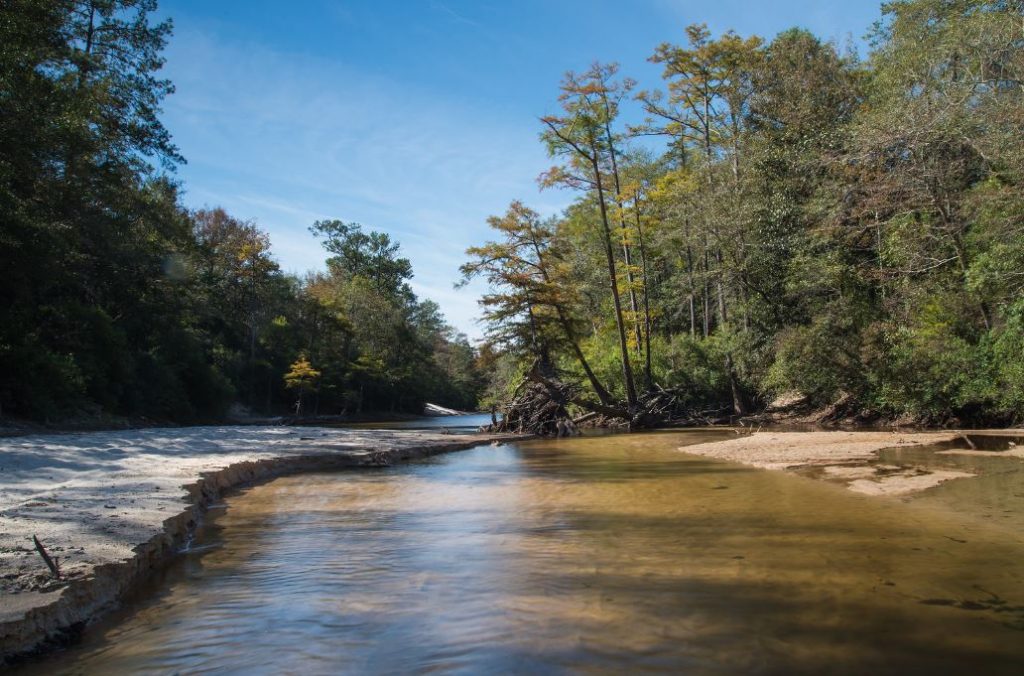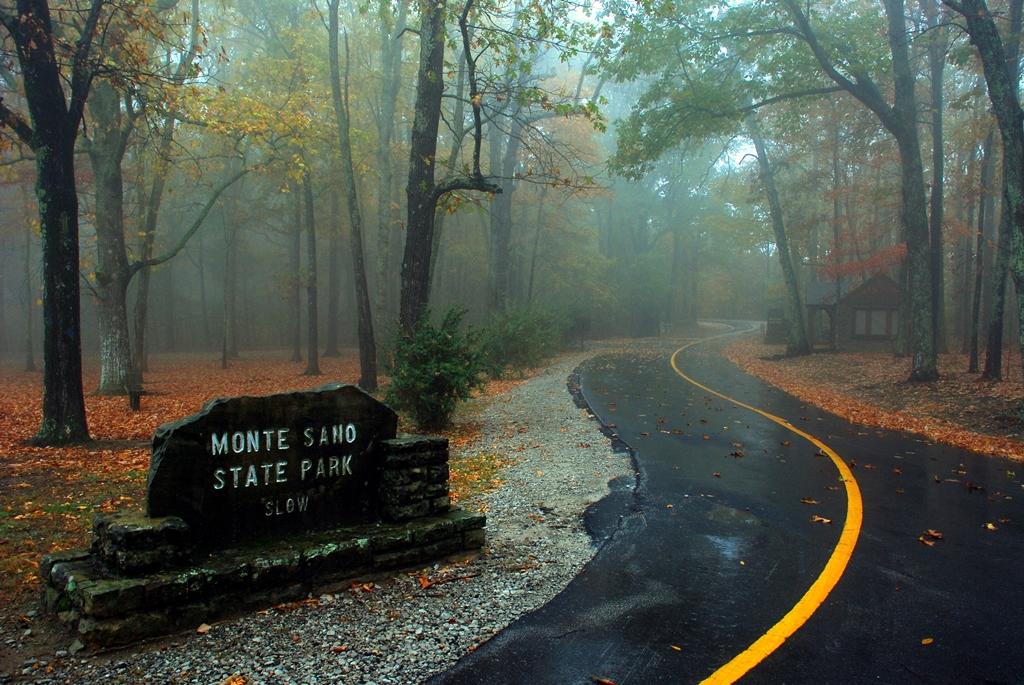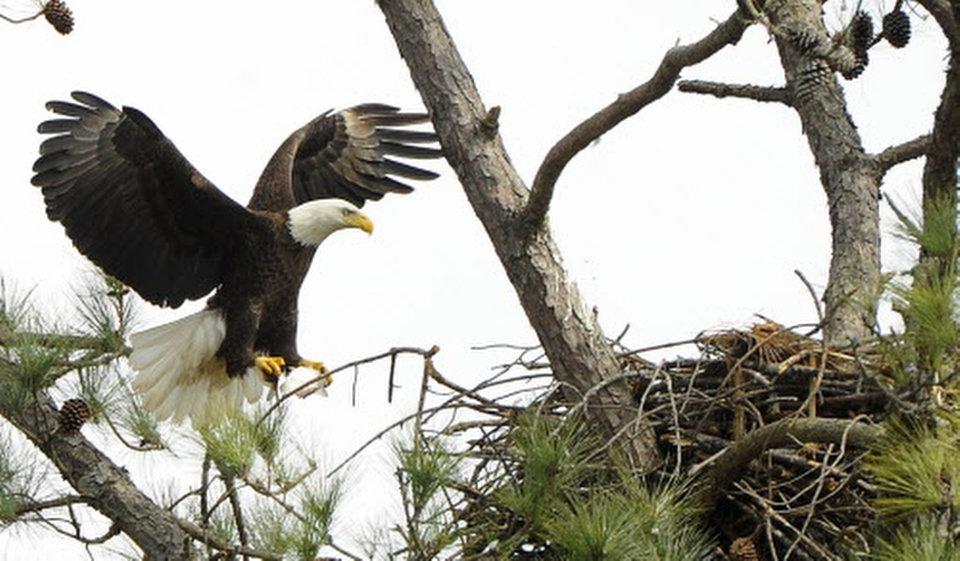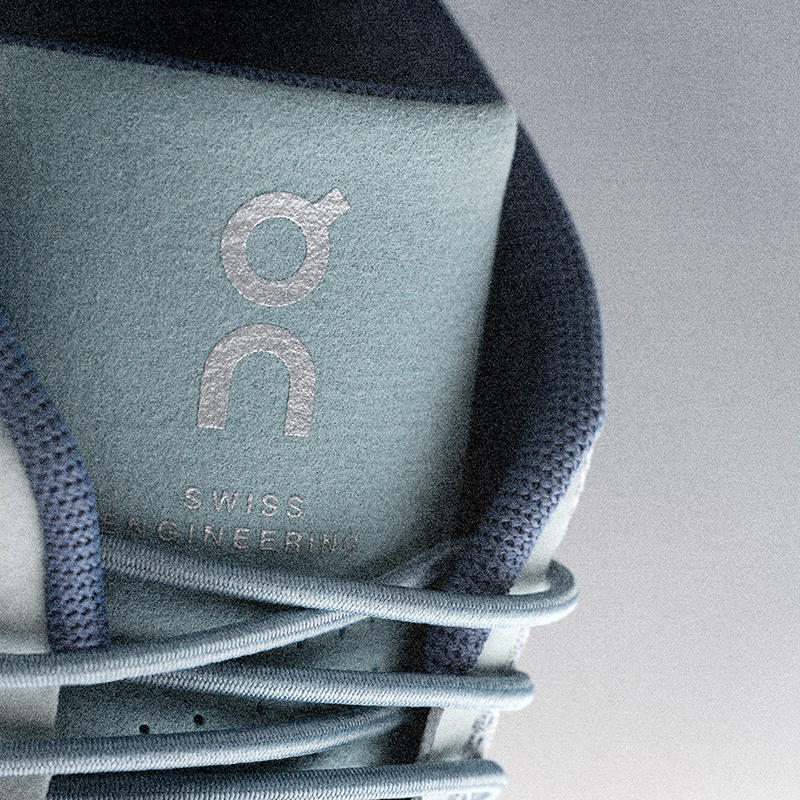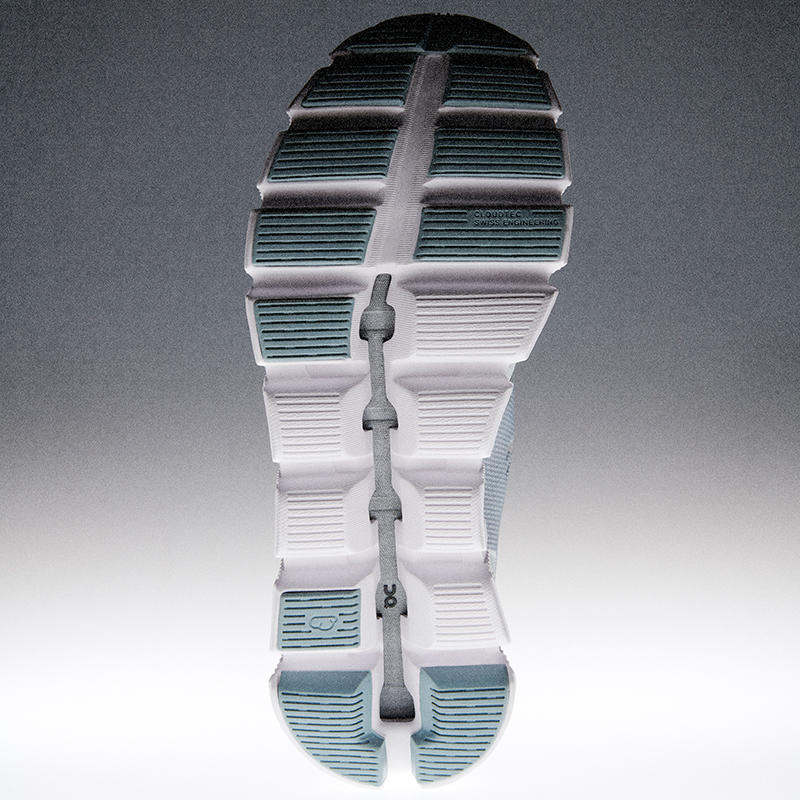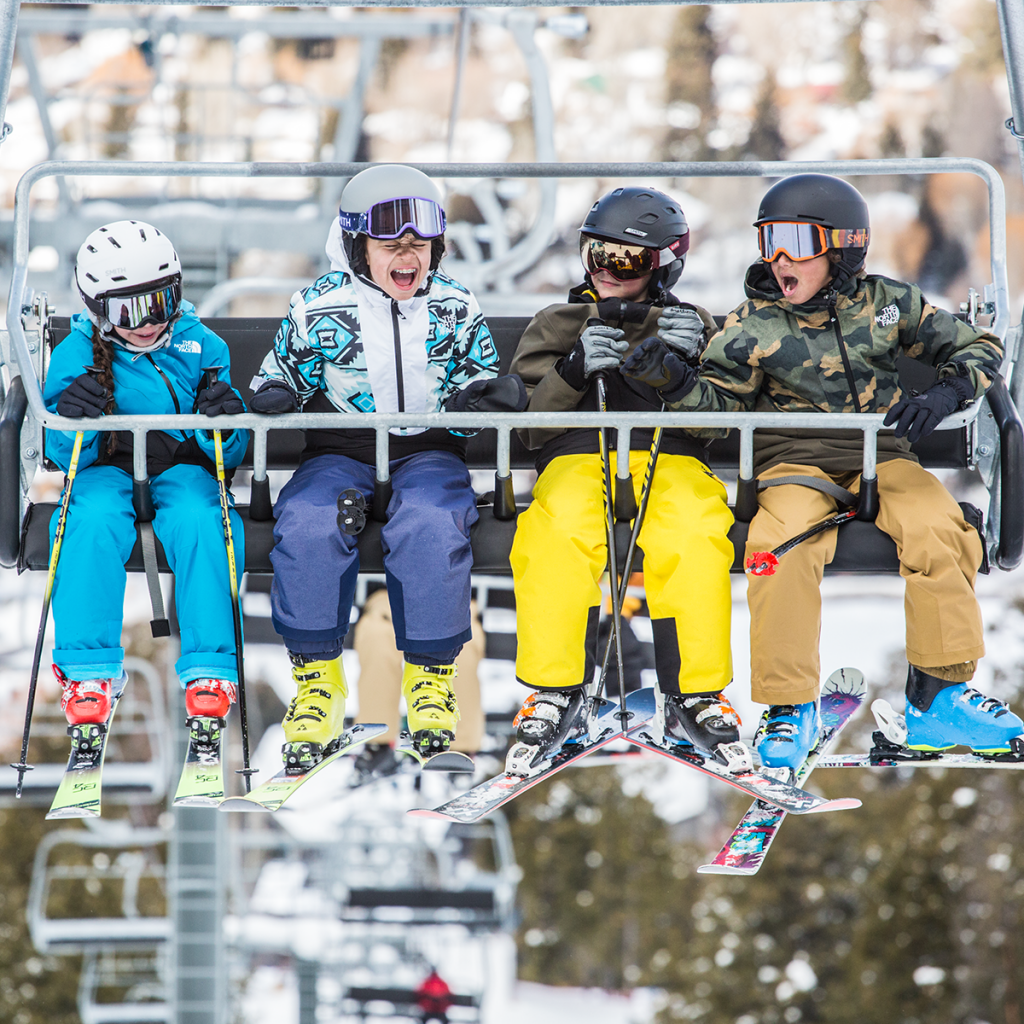The Ultimate Alabama Climbing Road Trip
Sitting at the southern end of the Appalachian Mountain chain, Alabama is home to an array of crags and boulder fields that offer climbers many options for bouldering and sport climbing. Because many of Alabama’s best climbing areas are concentrated in the eastern and northeastern parts of the state, it’s possible to hit several of them without driving great distances. Really, it’s an ideal place for an epic climbing road trip, and fall will be here soon, bringing lower humidity and prime conditions for spending time outdoors. So, if you need to escape for a week, alert your friends, gather your gear, and check out our itinerary for an excellent Alabama climbing road trip.
Day 1: Moss Rock Preserve
Start your trip just south of Birmingham at a site that was nearly overtaken by development almost 20 years ago.
Moss Rock Preserve in Hoover has become one of the most popular and well-climbed boulder fields in the state. Close to 50 bouldering problems dot the preserve, and you’ll find everything from highballs to sloping mantles. There may be some light graffiti to break up the natural beauty, but the preserve is home to some of the best bouldering in Alabama.
Cap off a great day of climbing with a trip to one of the may area brew pubs, including local favorites Avondale, Good People, Cahaba, and Trim Tab breweries. You can stay the night at Oak Mountain State Park, which has 60 primitive tent camping sites, and six tent sites with electricity.
Day 2: Horse Pens 40
From Moss Rock Preserve, drive approximately 60 miles to reach your next destination, Horse Pens 40, a mecca of bouldering. It’s privately owned by the Schultz family, who live on the property and make HP40 one of the most hospitable bouldering destinations in the world. Everything you need for this stop on your road trip can be found on-site, including camping, cabin rentals, a bath house, a convenience store, and restaurant. You can even rent crash pads here. The boulder field has been meticulously detailed in a guidebook compiled by Alabama climber Adam Henry.
There are nearly 300 climbs at HP40, and many of the problems are in the V5 range, making this one of the best moderate bouldering sites in America. It’s also known as a great place for fall and winter climbing and hosts a few bouldering competitions each year.
Day 3: Hospital Boulders
From Horse Pens 40, head back to I-59 and travel north toward Gadsden. After you go about 25 miles you’ll reach Hospital Boulders, which is owned and managed by the Southeastern Climbers Coalition (SCC). For SCC-owned climbing areas you will need a gate code to enter. You can get the code by request on the SCC webpage for each respective area. The 39 acres that make up Hospital Boulders consist of high-quality bouldering, plus some short trad, sport, and top-rope climbs. From the area parking lot, you’ll take an easy hike to reach the boulder field, which sports more than 200 problems.
Camping isn’t allowed at Hospital Boulders, but there are good campsites at Noccalula Falls, less than five miles away. Plus, Gadsden has several chain hotels. During your stay, check out the Back Forty Beer Company, Blackstone Pub and Eatery, or Merrill’s BBQ. Blackstone is a popular late-night pizza kitchen with occasional live music, more than a dozen unique pies, and 42 beers on tap. For quintessential Alabama barbeque, Merrill’s is where it’s at. It’s usually busy, and you might have to wait a while, but they serve some of the best barbeque you’ll ever taste.
Day 4: Cherokee Rock Village (Sandrock)

Cherokee Rock Village (or Sand Rock) offers trad and sport climbing, as well as bouldering. Alan Cressler
Now that you’ve had your fill of bouldering, it’s time for the trad and sport climbing leg of the road trip. From Hospital Boulders you’ll drive about 24 miles northeast to reach Cherokee Rock Village (climbers call it Sand Rock) in Centre.
Climbers have flocked to Sand Rock for decades, but for years they had to share the area with local partiers, and it wasn’t known as the most comfortable spot to climb due to litter and graffiti. Fortunately, site ownership now resides in the hands of Cherokee County, and the park has managers on-site, along with bathrooms, a playground, and camping sites.
You can trad or sport climb here, and also tackle solid boulder problems. It’s known as a spot where beginners can gain experience and veterans can find a new challenge. There is enough room here to spread out to avoid crowding, and the first climb you approach is a mere 100 feet from the car.
Day 5: Little River Canyon
Now that you’re warmed up, it’s time for a bigger challenge, so leave Sand Rock and head about 20 miles northeast to Little River Canyon. Not for beginners, Little River Canyon is home to steep sandstone walls that offer the toughest sport climbing in the state. (For more beta, visit mountainproject.com, and get a copy of the “Little River Canyon Climbing Guide.”) Most routes are rated at least 5.11, making this crag a challenge for even the most seasoned climbers.
Little River Canyon is one of the most pristine and scenic areas of the country, but camping isn’t permitted in the canyon itself. Nearby DeSoto State Park has primitive campsites, and you can use the showers in the Improved Campground. If you’re not in the mood for campground cooking, head to Fort Payne and get a belly full of Alabama barbecue at Sally’s Smokin Butt BBQ, or Bar-B-Q Place.
Day 6: Jamestown
On the other side of Little River Canyon, about 15 miles away, is Jamestown, another SCC-owned site. If you’re into trad climbing, this is your go-to destination in Alabama. Bolting is only allowed with SCC approval, and there is a tight concentration of two- and three-star routes across more than 1,500 linear feet of sandstone rising 80 to 100 feet. While no camping is allowed in the climbing area, you can camp at DeSoto State Park or Cherokee Rock Village. Your best bet may be to head to Yellow Bluff, the final stop on your ultimate Alabama climbing road trip.
Day 7: Yellow Bluff
From Jamestown you’ll drive 85 miles to reach Yellow Bluff, a sandstone cliff that stretches nearly 1,500 feet. Formerly private property, Yellow Bluff became so popular that the former owners closed it to climbing, but the SCC purchased the land in 2009. Fortunately, climbers once again have access to over 70 climbs, more than half of which are sport climbs rated above 5.7. You can also find trad and boulder climbing here—just make sure you stay within the SCC boundary.
Yellow Bluff is located 20 miles east of Huntsville and is one of the most popular crags in Alabama for good reason. Since the SCC took over maintenance of Yellow Bluff you will find fresh quickdraws, anchors, and bolts, all less than a five-minute walk from the parking lot. Camping and fires are not allowed at Yellow Bluff, meaning that Huntsville will be your best bet for accommodations (try Monte Sano State Park). When you’re in Huntsville, take advantage of the thriving craft beer scene.
Find your favorite Fall gear at Alabama Outdoors. We want everyone to enjoy the outdoors, and we work to build loyalty one connection at a time. Visit one of our stores or take advantage of our free shipping on orders over $29.99 or free in-store pickup! #BeOutdoors
Written by Hap Pruitt for RootsRated in partnership with Blue Cross Blue Shield of AL and legally licensed through the Matcha publisher network. Please direct all licensing questions to legal@getmatcha.com.
Featured image provided by Will Gurley
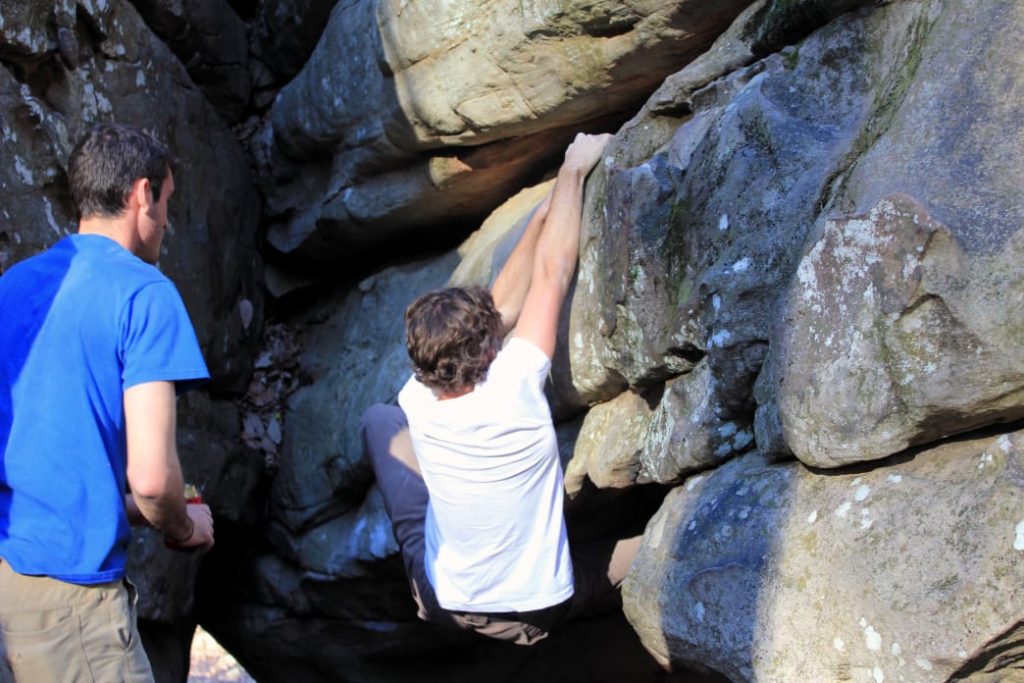
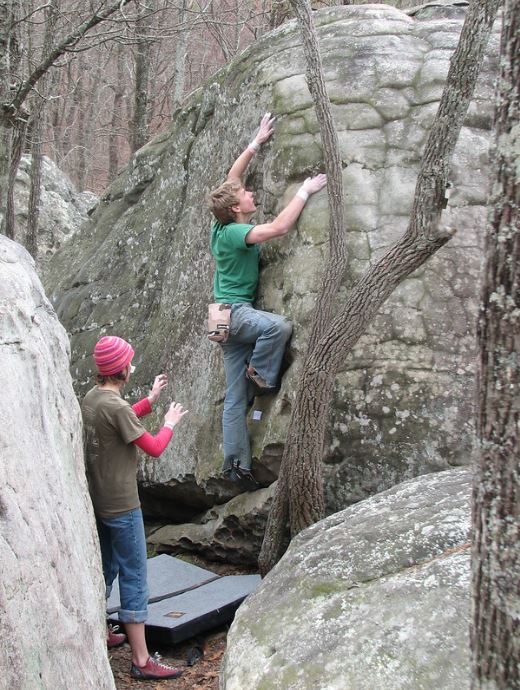

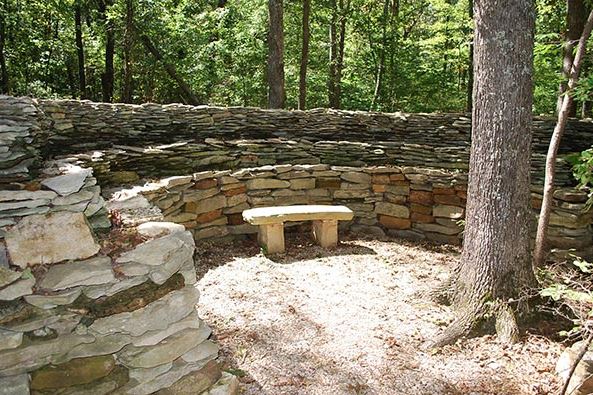
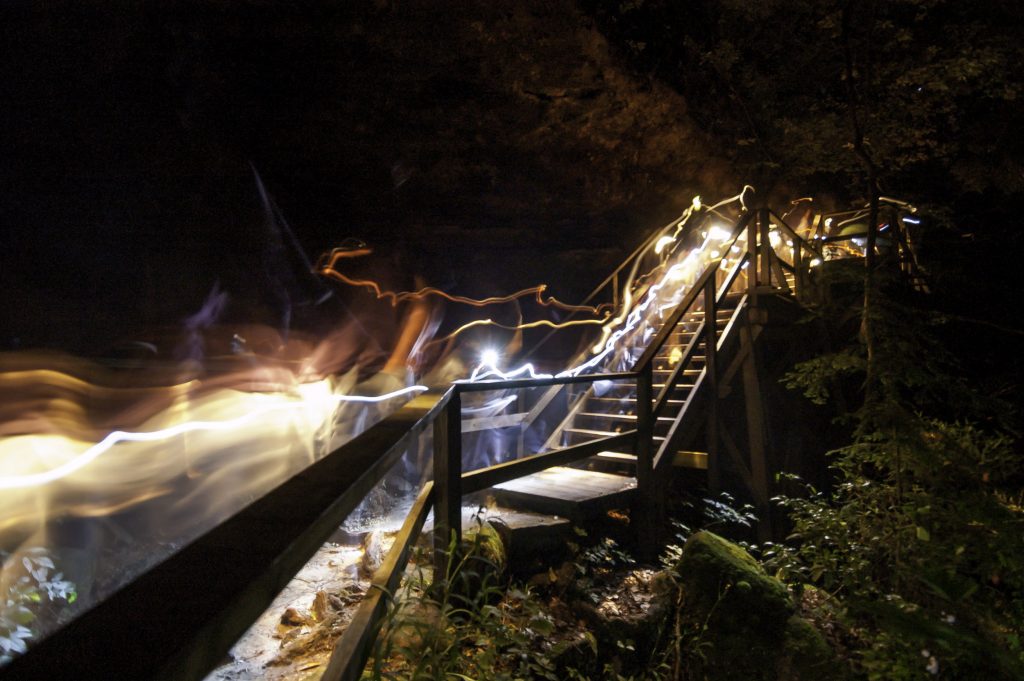

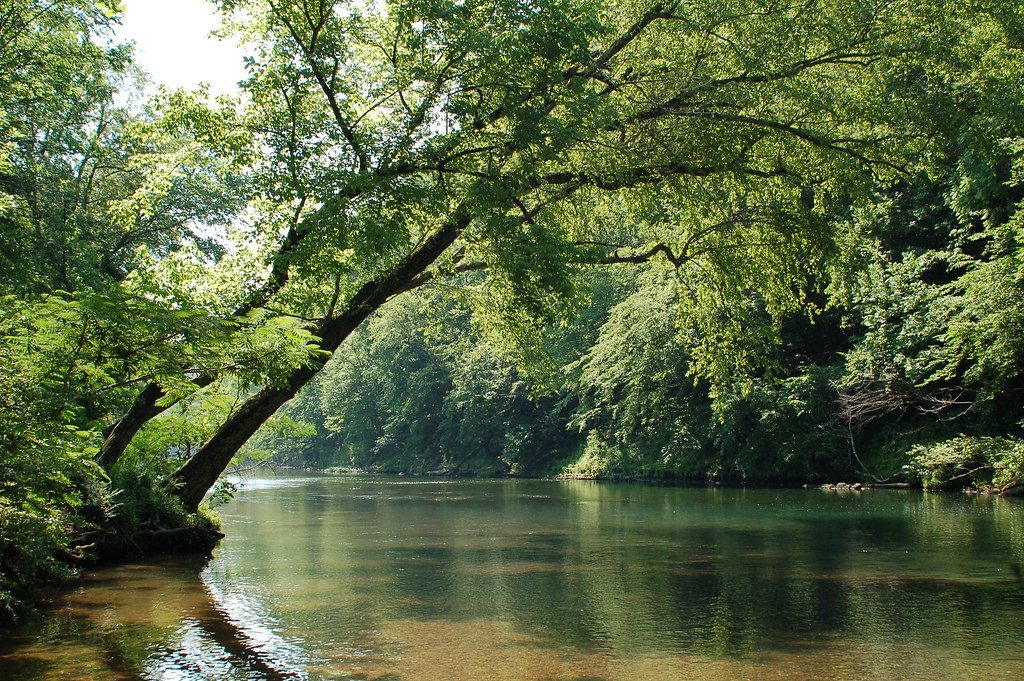
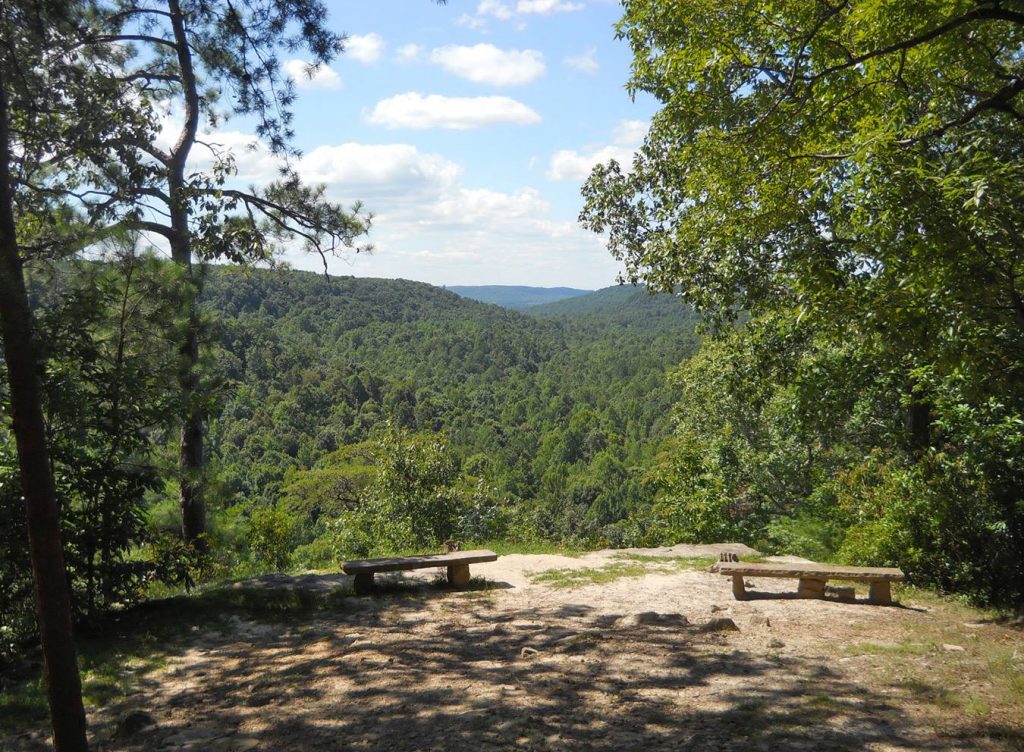
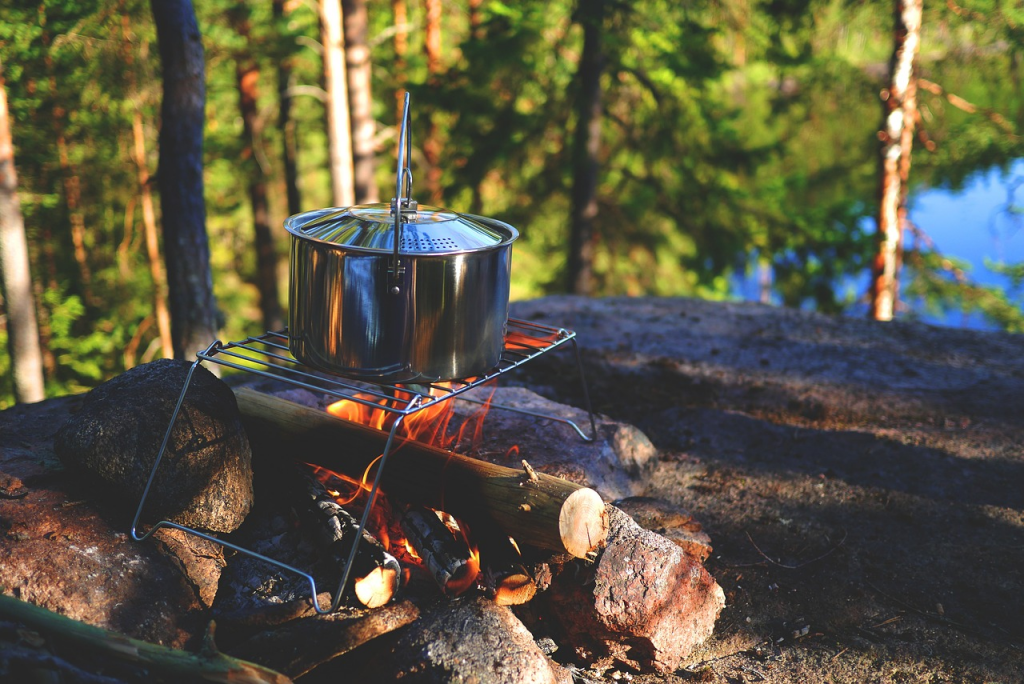

 Kevin Fagan is a food & travel writer, based in New England. He likes to (try to) cook gourmet food at home, and travel to far-flung destinations.
Kevin Fagan is a food & travel writer, based in New England. He likes to (try to) cook gourmet food at home, and travel to far-flung destinations.